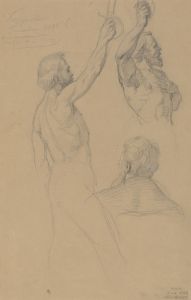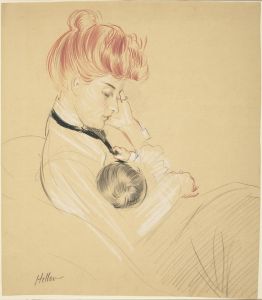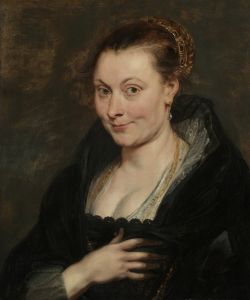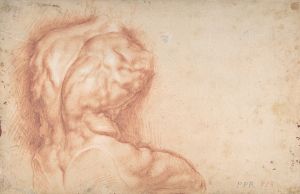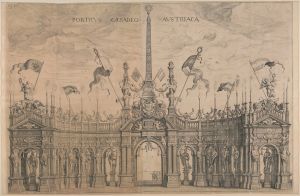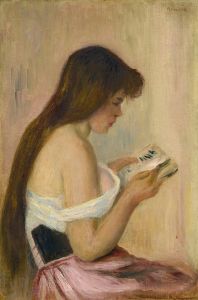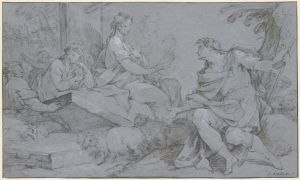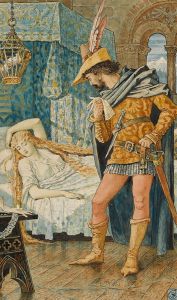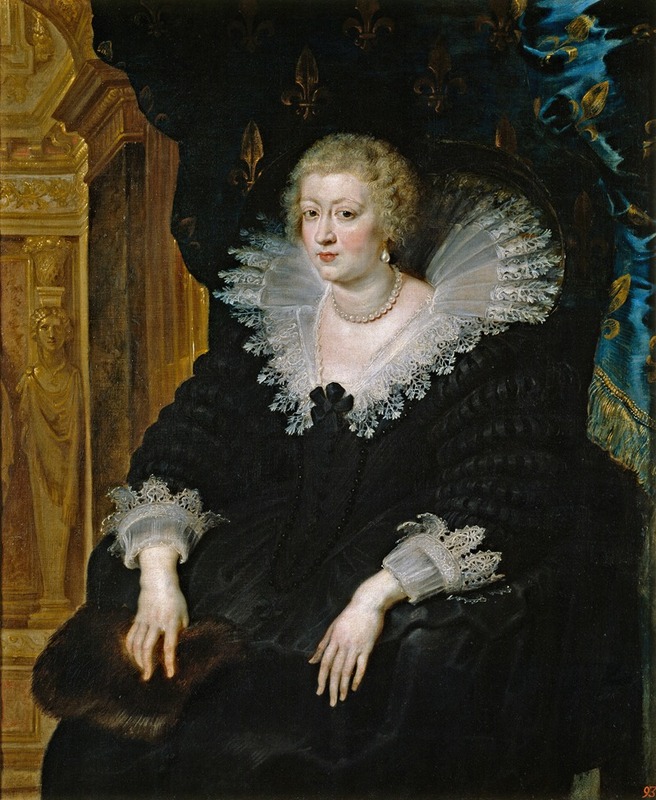
Portrait of Anne of Austria
A hand-painted replica of Peter Paul Rubens’s masterpiece Portrait of Anne of Austria, meticulously crafted by professional artists to capture the true essence of the original. Each piece is created with museum-quality canvas and rare mineral pigments, carefully painted by experienced artists with delicate brushstrokes and rich, layered colors to perfectly recreate the texture of the original artwork. Unlike machine-printed reproductions, this hand-painted version brings the painting to life, infused with the artist’s emotions and skill in every stroke. Whether for personal collection or home decoration, it instantly elevates the artistic atmosphere of any space.
The "Portrait of Anne of Austria" is a painting by the renowned Flemish artist Peter Paul Rubens, who is celebrated for his Baroque style that emphasized movement, color, and sensuality. Rubens was one of the most influential artists of the 17th century, and his works often depicted religious subjects, historical scenes, and portraits of notable figures of his time.
Anne of Austria (1601–1666) was a significant historical figure, serving as the Queen of France as the wife of King Louis XIII and later as the regent for her son, King Louis XIV. She was born in Spain, the daughter of King Philip III of Spain and Margaret of Austria, and was part of the powerful Habsburg dynasty. Her marriage to Louis XIII in 1615 was a political alliance intended to strengthen ties between France and Spain.
Rubens' portrait of Anne of Austria is a testament to his skill in capturing the likeness and personality of his subjects. While the exact date of the painting is not definitively known, it is believed to have been created during Rubens' time in France, where he was engaged in various diplomatic and artistic endeavors. The portrait is characterized by Rubens' typical use of rich colors and dynamic composition, which bring a sense of vitality and presence to the depiction of Anne.
In the portrait, Anne is likely depicted in the luxurious attire befitting her royal status, which would have included elaborate fabrics, intricate lace, and possibly jewels. Rubens was known for his ability to render textures and materials with great realism, and this skill would have been employed to convey the opulence of Anne's clothing and the dignity of her position.
Rubens' portraits often went beyond mere representation, capturing the essence of the sitter's character and status. In portraying Anne of Austria, Rubens would have aimed to reflect her royal bearing and the political significance of her role as queen and mother to the future Sun King, Louis XIV.
The painting is part of Rubens' broader body of work that includes numerous portraits of European nobility and royalty, highlighting his status as a favored artist among the elite of his time. Rubens' ability to navigate the complex political landscapes of Europe, combined with his artistic talent, made him a sought-after figure in both artistic and diplomatic circles.
Today, the "Portrait of Anne of Austria" is appreciated not only for its artistic merit but also for its historical significance, offering insights into the life and times of one of Europe's most powerful queens. The painting is housed in a collection that allows viewers to appreciate Rubens' mastery and the historical context of Anne's life and reign.





